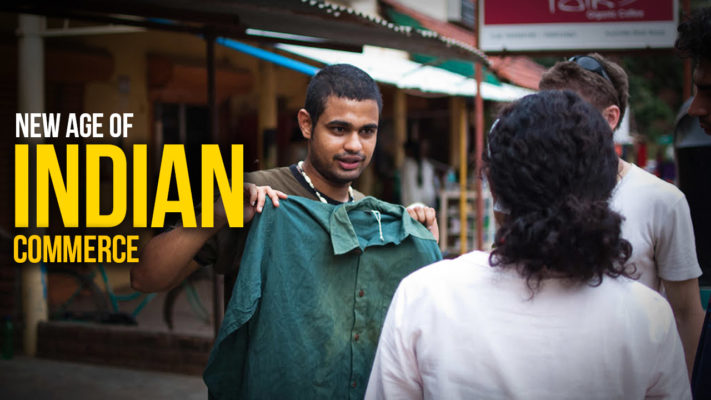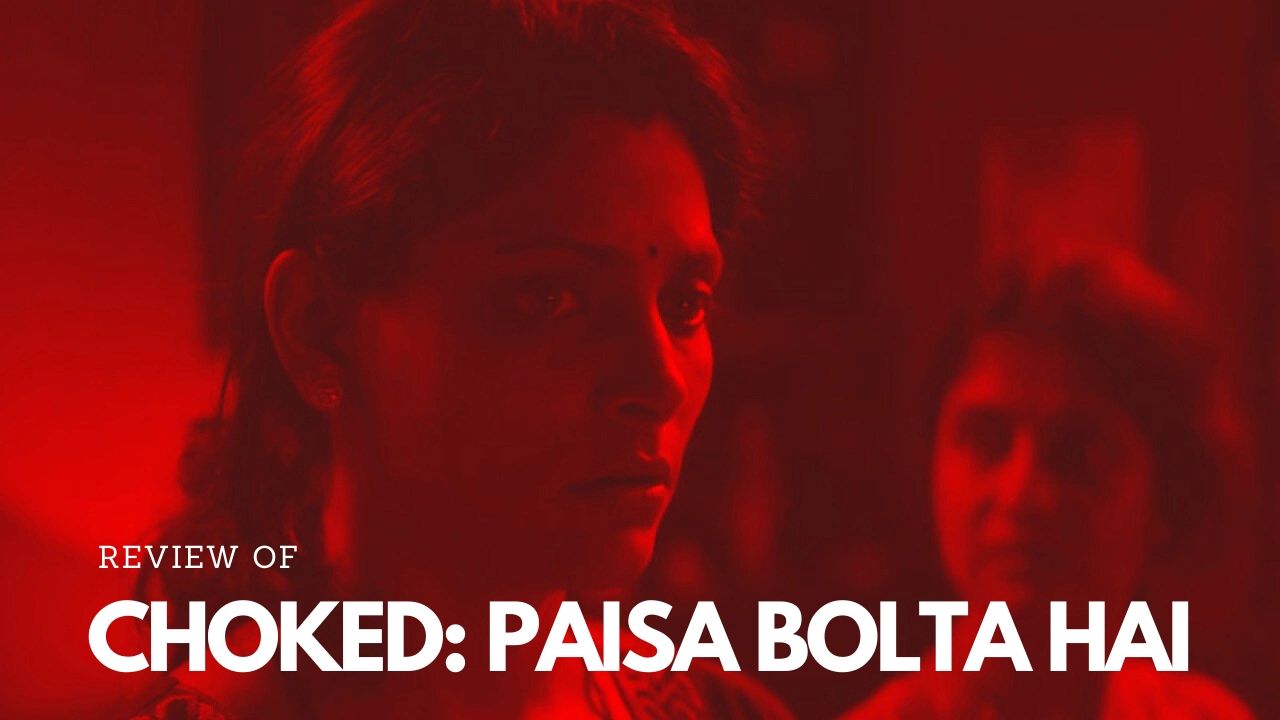
The How And Why Of Crowdfunding
Irrespective of whether one uses Gmail or rediffmal or any other mail, one keeps coming across several stories depicting urgent need for a large amount of money to cover the medical expenses of somebody’s loved one. There are several crowdfunding initiatives launched by platforms like Impact Guru, Milaap, Ketto etc., which claim that they would meet the medical needs of a hapless patient by collecting funds through mass collection of voluntary donations or crowdfunding. A crowd fundraiser places the hospital advisory, monetary demand and other documents of a particular case to make its crowdfunding appeal more potent. Most of these donations are exempt from taxation under Section 80G of the Income tax. The good Samaritans of this country respond to such appeals most of the time. That is all the more reason why such crowdfunding platforms are multiplying by the day.
It is understandable if the crowdfunding way is resorted to for producing a film or taking out a book by a struggling writer; but why is crowdfunding required for as basic a need as health care? Despite the fact that such crowdfunding ventures are quite noble in nature, yet the question arises that why have our successive Governments failed to provide adequate health care for the poor masses of this country.
The public health care system in India is appalling, to say the least. Consider these figures-
- Infant and maternal mortality rates remain quite high in India even after 71 years of Independence. Yet 60% of the Govt hospitals don’t have gynaecologists. India needs more than 10,000 gynaecologists into its public hospital system.
- Almost 70% of all public hospitals serve twice the number of patients that Govt standards specify. Recommended Doctor: Population ratio is 1:1000 but currently the ratio stands at 1:1674.
- India’s health spending as % of GDP remains a dismal 2% as against the global average of 6%. The Govt. of the day plans to increase this spending to 2.5% by the year 2025.
- The National Health Mission launched in 2005 and re-launched in 2013 with its rural and urban component (NRHM and NUHM) have failed to make an impact on the status of our public health system.
- Initiatives like Rashtriya Swasthya Bima Yojana or Health Ministers Cancer grant/Discretionary grant, Rashtriya Arogya Nidhi etc have achieved limited success because they are still relatively unknown to the poor of this country and their monetary coverage is quite small. All cases requiring more than Rs 2 Lakhs expenditure are referred to Ministry of Health and Family Welfare.
- The cost of outpatient treatment, which the poor prefer over hospitalisation, forms 65.3% of out-of-pocket expenditure in India. But these are not covered by Rashtriya Swasthya Bima Yojana (RSBY). RSBY’s insurance coverage has remained unchanged for years. Almost 40% below poverty line (BPL) beneficiaries are still not covered by RSBY. The poor generally prefer outpatient treatment because it does not involve hospitalisation, which leads to loss of wages.
- Many hospitals refuse to admit RSBY enrolled patients due to reasons like delayed reimbursement by RSBY to hospitals.
Crowd Funding Of Medical Needs

The above-mentioned facts and figures then justify crowdfunding of medical needs. When a poor family gets affected by some chronic disease, they first borrow from their friends and relatives and then ultimately resort to loans from unscrupulous lenders. When all sources of funding get exhausted, the poor can only hope for a miracle. The real-life stories of chronic patients appearing in crowdfunding platforms are quite unnerving and heart-wrenching to read. We can just imagine how helpless a patient’s relative might feel, knowing that only if he had more money, he could have saved the life of his loved one. Crowdfunding platforms, run mainly by ordinary folks like you and me, have come like a boon for these helpless souls. Many crowdfunding exercises succeed in collecting enough money for the patients but some don’t. However, the exercise itself provides that extra glimmer of hope to a patient’s relative.
Present Day Medical Care Scenario In India
The yawning gap between demand and supply of healthcare is only expected to increase in near future. For the poor of this country, Govt Hospitals are the only hope in case of critical diseases like cancer etc. But the condition of Govt hospitals in this country is evident to all. Many Govt hospitals, which run inside shabby dilapidated buildings, have outdated and often dysfunctional equipment and machinery, overworked medical staff and depleted dispensaries. We regularly come across incidents whereby a patient has lost his life or limb due to doctor’s negligence or contaminated medicines. Even the poor hesitate to take treatment in Govt Hospitals. It is only when all their means get exhausted that they are compelled to take refuge in Govt Hospitals. Several stories have appeared whereby there was no space for a critically ill patient in a Govt Hospital and the patient eventually dying outside the hospital premises itself. It has also been seen that unable to bear the cost of treatment over a prolonged period, a patient has been shunned by his near and dear ones. Who is to blame in such cases? Is it only the relatives who are to blame in such cases or the successive Govts of this county who have failed to provide adequate medical care for the poor, even after 71 years of Independence. The crux of the matter is that in India we attach very little value to a human life, much less respect it.
Future Of Medical Care In India
Smaller countries like Srilanka, Thailand, Vietnam etc. have better medical policies and primary health care system than India. A country like Switzerland spends 13% of its GDP on health, whereas our distant dream is to spend 2.5% of GDP by 2025. As far as Govt health care is concerned, we, unfortunately, see a bleak future ahead, where status quo ante may prevail. The primary cause of failure of the Govt health care system in India is apathy towards the poor and insatiable greed of vested interests. It is sad that on one hand, we are becoming a crucial centre of medical tourism globally, while on the other our destitute are dying pitiable deaths for want of adequate health care. The only beacon of hope seems to be the big corporate houses like the Tatas and the Ambanis, who are already doing their level best to provide medical care to the poor of this country by their philanthropic spending. If more such corporate houses come forward in future to sponsor medical care for the needy, only then can we see a better tomorrow for the poor of this country.














